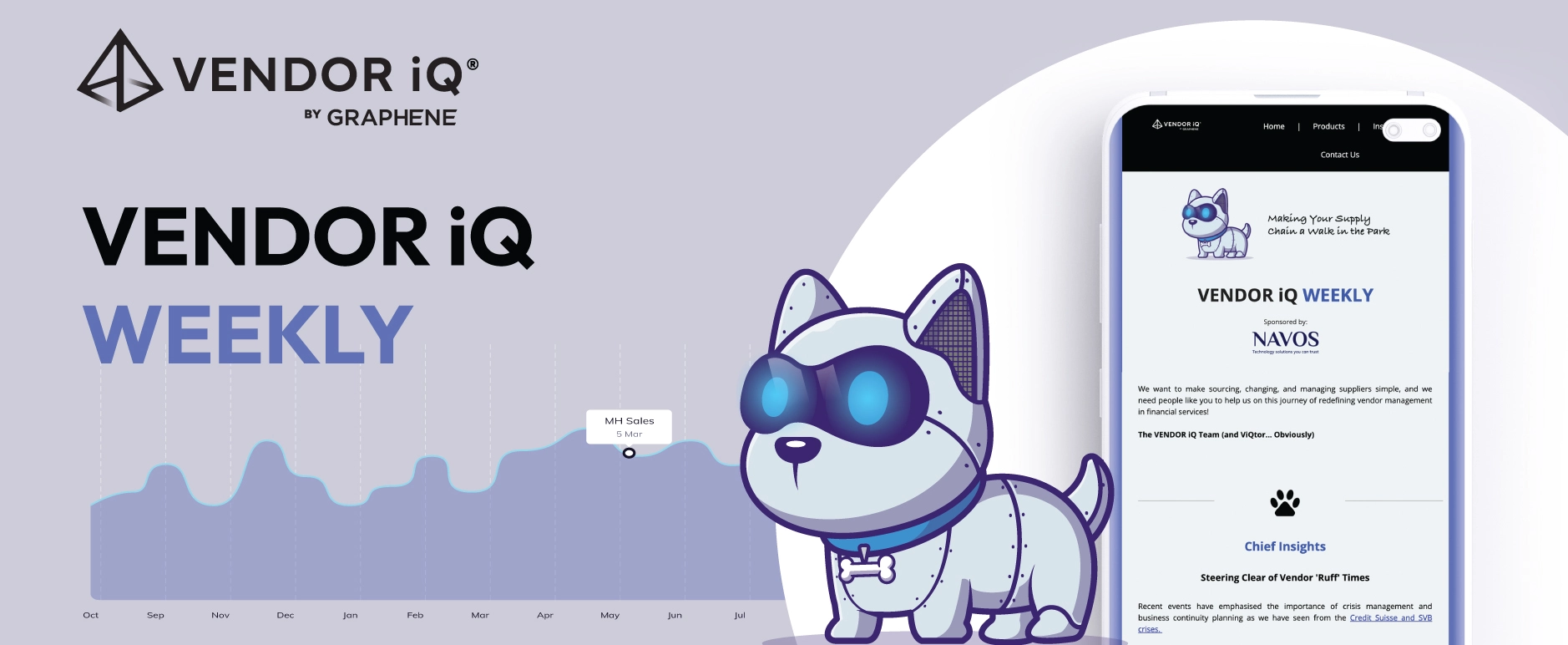Strengthening Third-Party Risk Management: Key Insights for 2024
In today’s rapidly evolving digital landscape, third-party risk management (TPRM) has become a critical focus for organisations, especially in sectors like financial services. As companies increasingly rely on third-party vendors for key services, the need for robust risk management strategies has never been more urgent. The latest Prevalant 2024 Third-Party Risk Management Study sheds light on the current state of TPRM, highlighting significant trends, challenges, and opportunities for improvement.
The Rise of Third-Party Breaches: A Growing Concern
A startling 61% of companies experienced a third-party data breach or security incident in the last 12 months, representing a 49% increase compared to the previous year. This sharp rise underscores the growing urgency of effective third-party risk management. Despite heightened awareness of cybersecurity threats, many organisations continue to face vulnerabilities within their vendor ecosystems.
For businesses striving to maintain their reputation and avoid costly disruptions, it’s crucial to adopt a proactive approach to TPRM. Identifying potential risks before they escalate into breaches is not just about protecting data—it’s about safeguarding the trust and continuity of the entire organisation.
Manual Processes Hold Back TPRM Progress
Surprisingly, despite the availability of advanced risk management tools, 50% of organisations still rely on spreadsheets and multiple tools to manage third-party risks. This reliance on manual processes often results in inefficiencies, making it challenging to monitor, assess, and respond to risks in real-time.
For firms looking to streamline their third-party risk management, automating these processes can significantly enhance their ability to mitigate risks. Automation allows for quicker identification of threats, more efficient compliance tracking, and a better overall understanding of vendor performance. As regulatory demands grow, such capabilities are becoming increasingly essential.
AI Adoption in TPRM: A Missed Opportunity
With 61% of companies exploring AI applications for TPRM but only 5% actively using it, many organisations are missing out on the transformative potential of artificial intelligence. AI can play a pivotal role in automating risk assessments, providing deeper insights into vendor behaviours, and predicting potential vulnerabilities.
Integrating AI into TPRM processes can reduce the manual workload on compliance teams while providing a more sophisticated analysis of vendor data. As cyber threats become more advanced, leveraging AI could offer a critical advantage, helping businesses stay ahead of emerging risks.

Bridging the Gap Between Risk Identification and Action
One of the most notable findings from the 2024 study is the discrepancy between risk identification and remediation. While a significant 85% of organisations track risks during the initial vendor sourcing stage, only 29% actively address these risks throughout the third-party lifecycle.
This gap indicates that many firms struggle to translate their risk awareness into effective action plans. The result is a situation where risks are identified but remain unresolved, leaving the organisation vulnerable to potential disruptions. By developing a more integrated approach to TPRM, companies can ensure that identified risks are not only logged but are also addressed promptly.
Regulatory Pressure Amplifies the Need for Strong TPRM
For financial institutions, the pressure to enhance third-party risk management comes not just from the threat of breaches but also from increasing regulatory scrutiny. In 2024, 23% of organisations cited regulatory compliance as a primary driver for strengthening their TPRM programs.
With regulations like the Digital Operational Resilience Act (DORA) in the EU and similar guidelines globally, firms are required to demonstrate a robust approach to managing third-party risks. Failing to do so can result in significant fines and reputational damage. A well-structured TPRM program not only ensures compliance but also positions organisations to better manage their digital supply chains.
Moving Beyond Compliance: Building a Resilient Future
Addressing the challenges of third-party risk management requires a shift from reactive to proactive strategies. By moving away from manual processes, embracing AI, and ensuring comprehensive risk remediation, organisations can better protect themselves against the evolving threat landscape.
As businesses navigate this complex terrain, having a partner like VENDOR iQ can make all the difference. VENDOR iQ’s platform helps organisations automate their third-party risk assessments, providing real-time insights that enable firms to stay compliant and resilient. With VENDOR iQ, companies can confidently manage their vendor relationships, ensuring that risks are not just identified but effectively mitigated.
For organisations looking to thrive in 2024 and beyond, the message is clear: investing in a robust, data-driven third-party risk management strategy is not optional—it’s essential for sustaining trust, ensuring compliance, and building long-term resilience.





